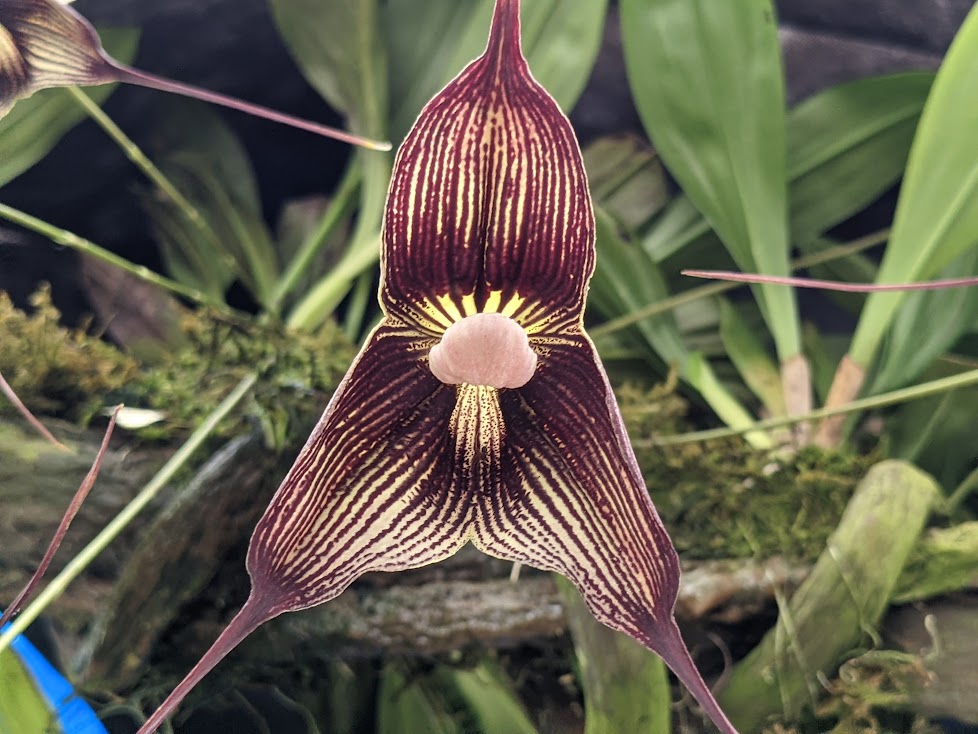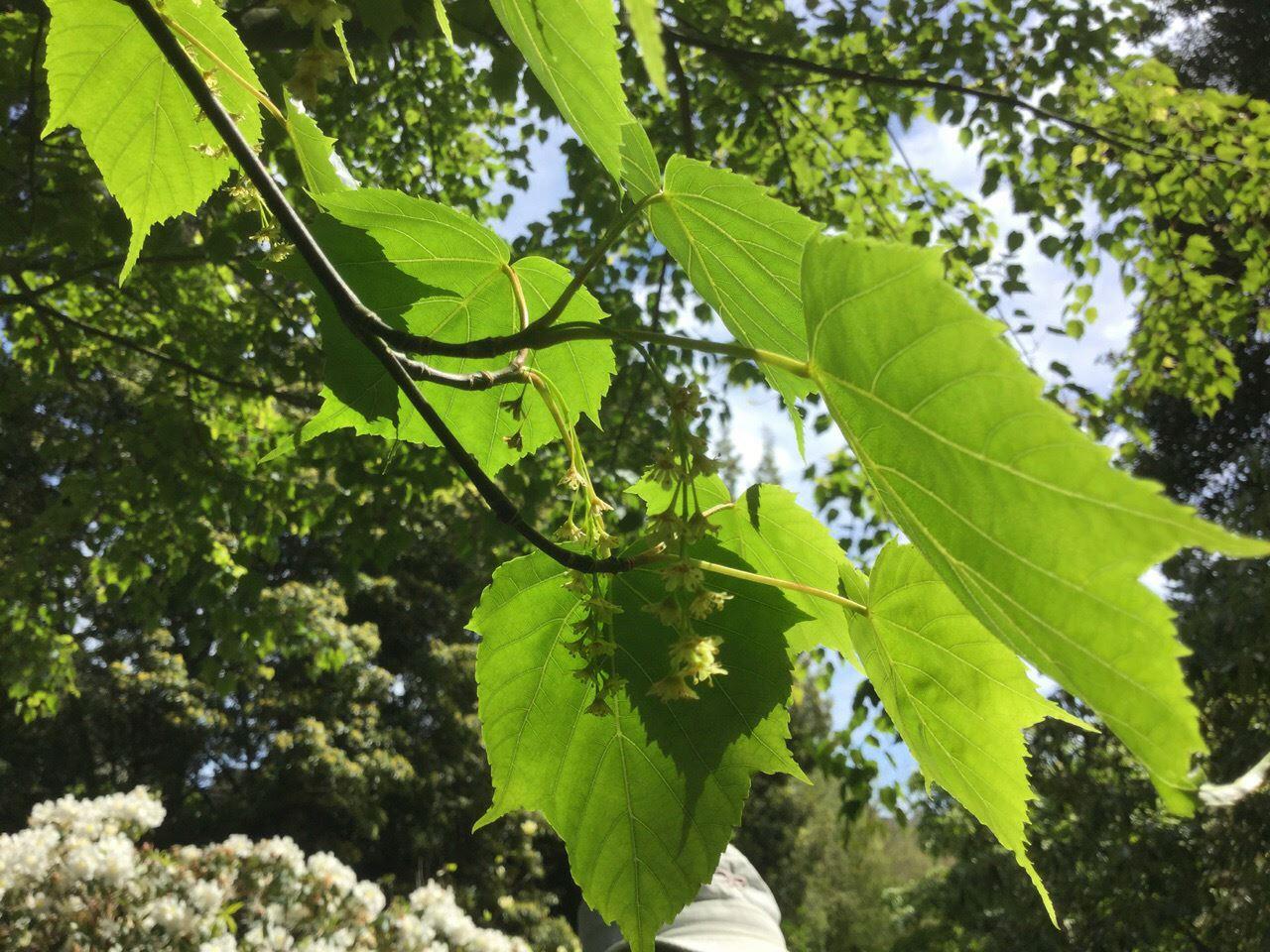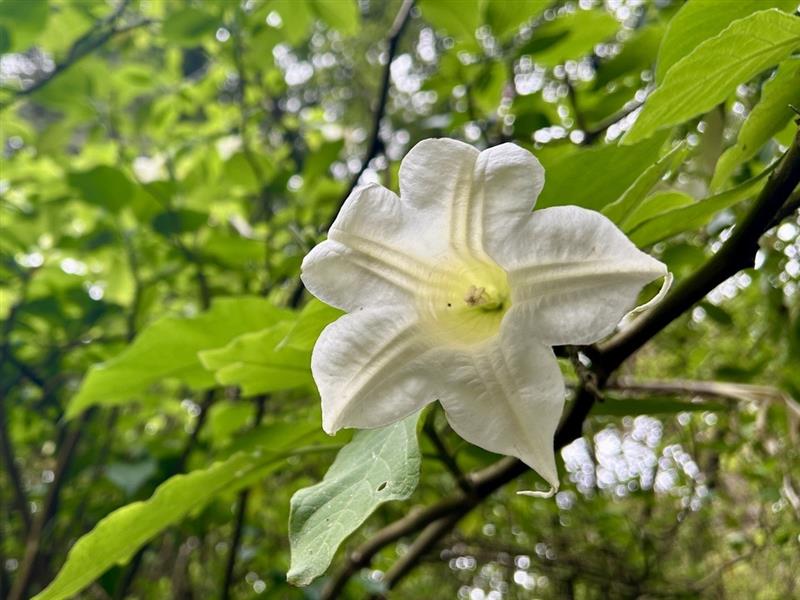
Curator’s Corner – Berberis oiwakensis
Changing times and changing names; there’s more than meets the eye to this fern-looking plant!
Profile
Scientific name: Berberis oiwakensis
Family: Berberidaceae
Environment: Broad-leaved forests, thickets, forest margins and slopes
Bloom: Late fall through early spring
Plant type: Shrub or small tree
Uses: : Ornamental, Medicinal
Location: San Francisco Botanical Garden Asian Discovery Garden (7C), SE Asian Cloud Forest (78K), Ancient Plant Garden (68E, 68F, 68G), Rhododendron Garden (71A, 73J)
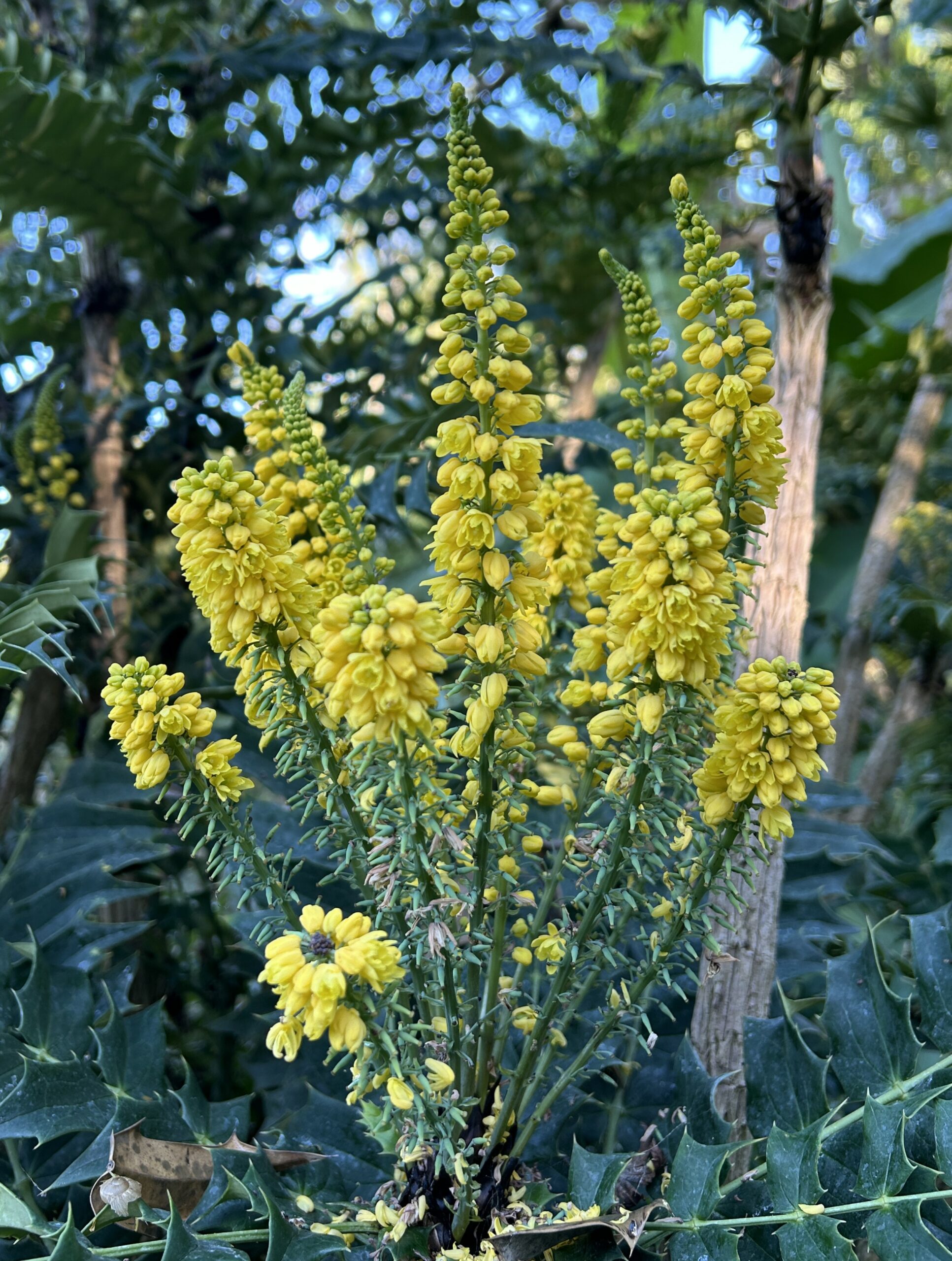
Despite its beauty, Deppea splendens, and the cloud forests of Mexico generally, have faced dire threats over the years, primarily due to habitat loss from agricultural expansion, frequent fires, and land use changes.
Berberis oiwakensis, commonly known as Chinese holly, is a shrub or small tree in the barberry family (Berberidaceae). This species is endemic to the Central Mountain Range (Zhōngyāng Shānmài) in Taiwan, at elevations between 2,000 and 12,000 ft. It has also been observed in native subpopulations throughout forests spanning Yunnan, Sichuan, and northern Burma. The International Union for Conservation of Nature’s (IUCN) Red List categorizes B. oiwakensis as Vulnerable, with primary threats being an ongoing decline in both habitat area and quality. There are no conservation measures currently in place.
This species was previously known as Mahonia lomariifolia, in reference to Lomaria, a genus of ferns now classified as Blechnum, due to the foliage’s resemblance. However, recent taxonomic revisions have reclassified this plant as Berberis oiwakensis. Named by Japanese botanist Bunzô Hayata in 1916, B. oiwakensis references Oiwake (present day Ren’ai, Nantou), a township that existed during Japan’s occupation of Taiwan, a result of the Treaty of Shimonoseki, until Japan renounced sovereignty over Taiwan in the Treaty of San Francisco.
Despite its concerning status in the wild, B. oiwakensis has been cultivated ornamentally in the west since 1931, when it was introduced to England from seeds collected near Tengchong, Yunnan. The 1954 edition of Sunset Western Garden Book referred to this species as rare, but its popularity grew in the 1960s, with established plantings seen in California. Characterized by its upright, evergreen form and mostly unbranched, cane-like stems, reaching heights of 6-10 ft and a width of about 5 ft. Its leathery, pinnately divided leaves feature sharply toothed, dark green leaflets measuring 1½ to 3½ inches long. From late fall through early spring, the shrub produces lightly scented clusters of golden yellow flowers, known as racemes, which contrast distinctively against its deep green foliage. Blooms are followed by powdery blue berries, favored by birds, and enhancing the plant’s ornamental appeal.
Chinese holly (Berberis oiwakensis)
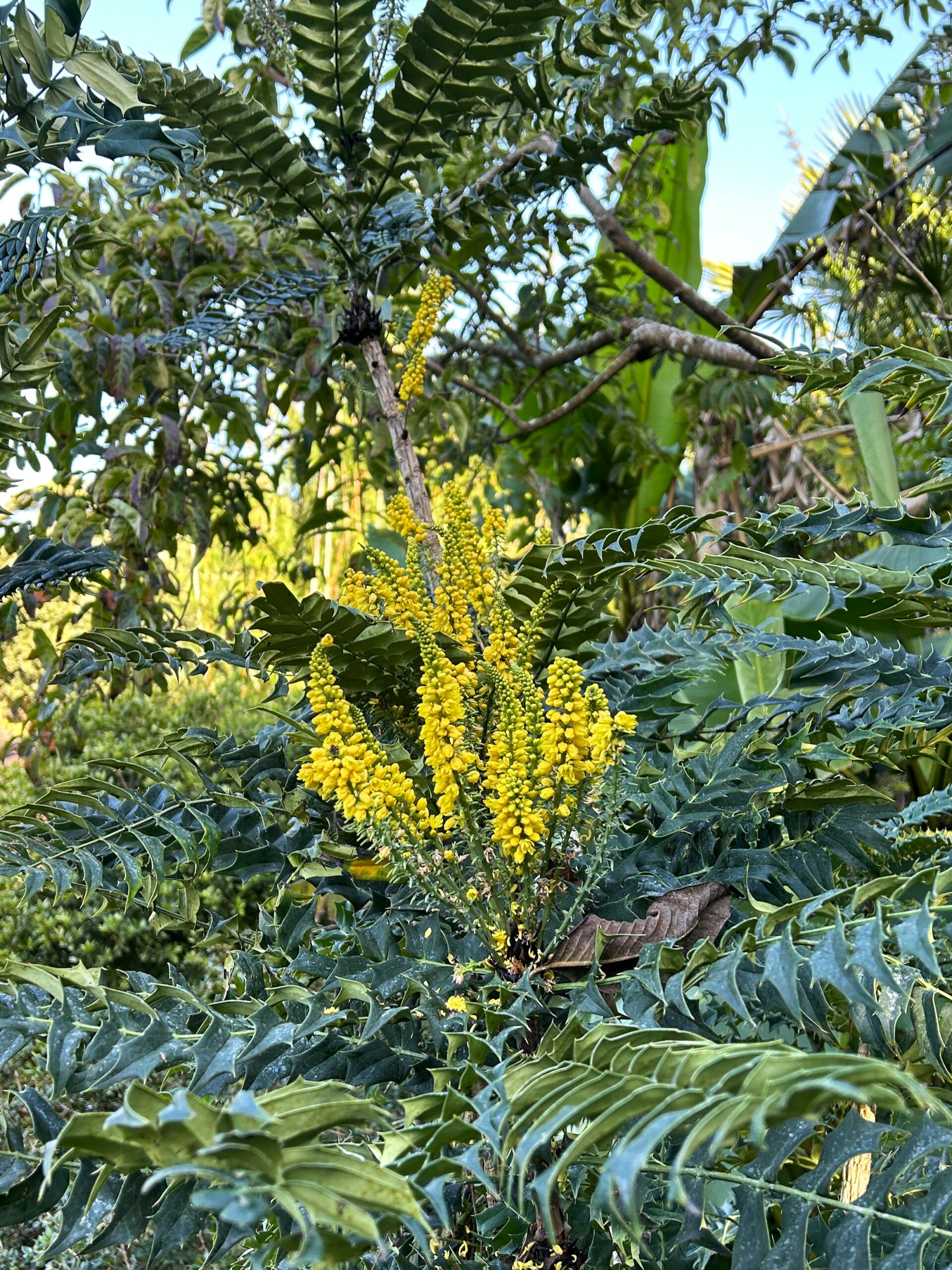

B. oiwakensis is also valued in Traditional Chinese Medicine. Studies have confirmed its medicinal qualities: antioxidant, analgesic, anti-inflammatory, and hepatoprotective effects. Many plants in the Berberis genus exhibit similar properties and have been used in treating various conditions, such as cholecystitis, cholelithiasis, jaundice, dysentery, leishmaniasis, malaria, gallstones, hypertension, ischemic heart diseases, cardiac arrhythmias, and cardiomyopathies.
See if you can find Deppea splendens in the South East Asian Cloud Forest, Asian Discovery Garden, Ancient Plant Garden, and Rhododendron Garden in San Francisco Botanical Garden!
Text by Royal Jenkins, photos by Royal Jenkins of 2011-0778*A – Asian Discovery Garden – 7C

